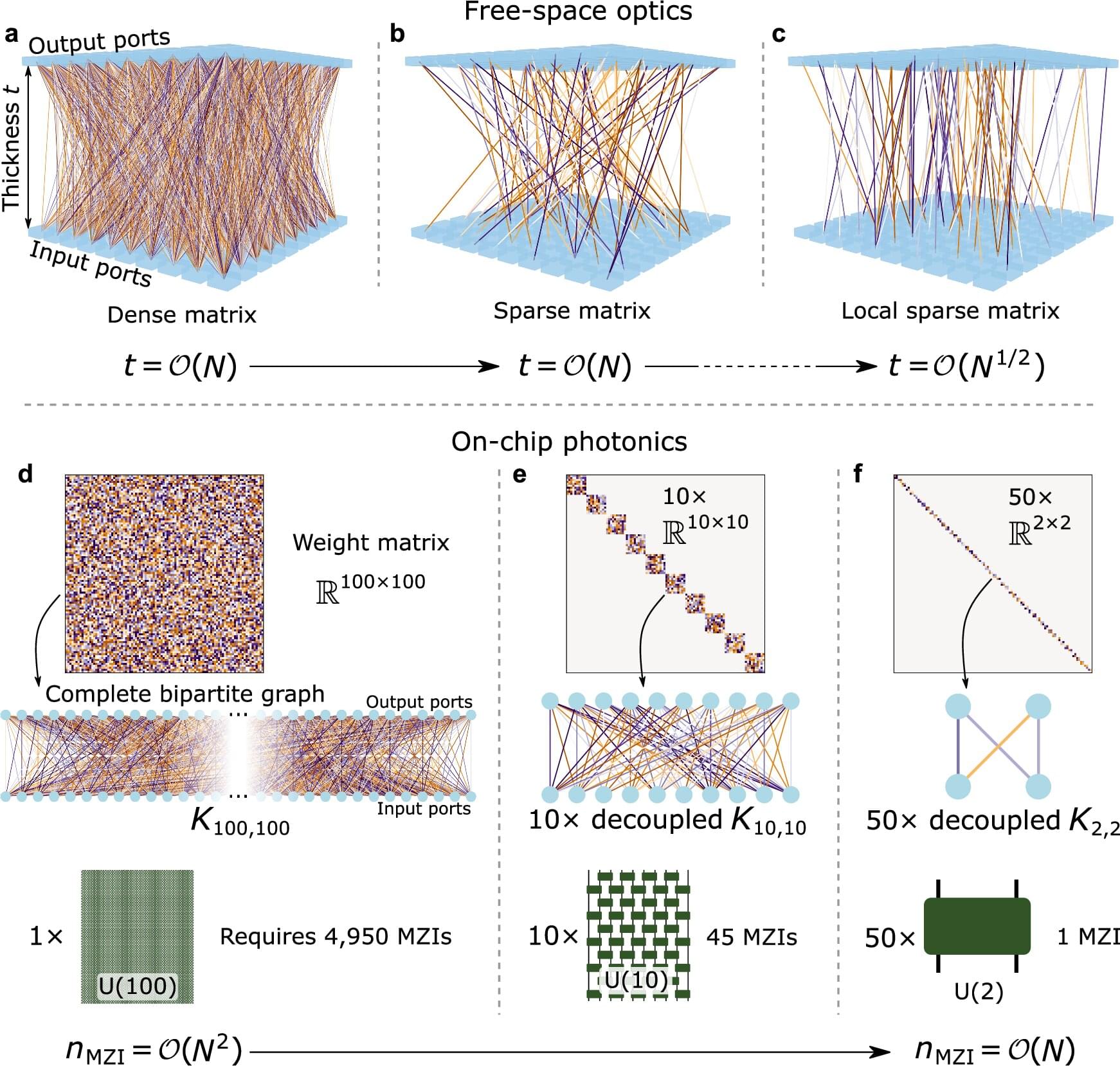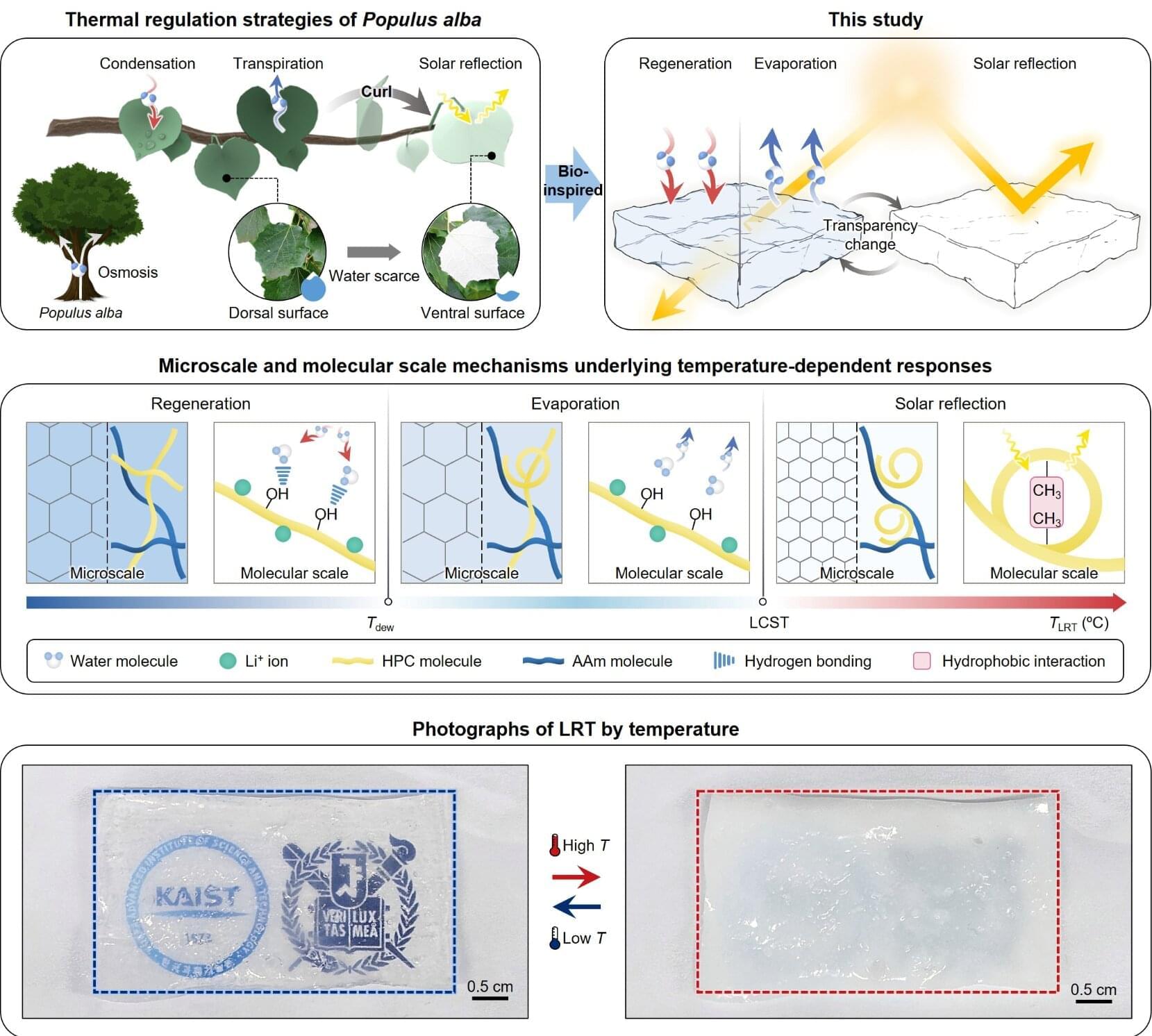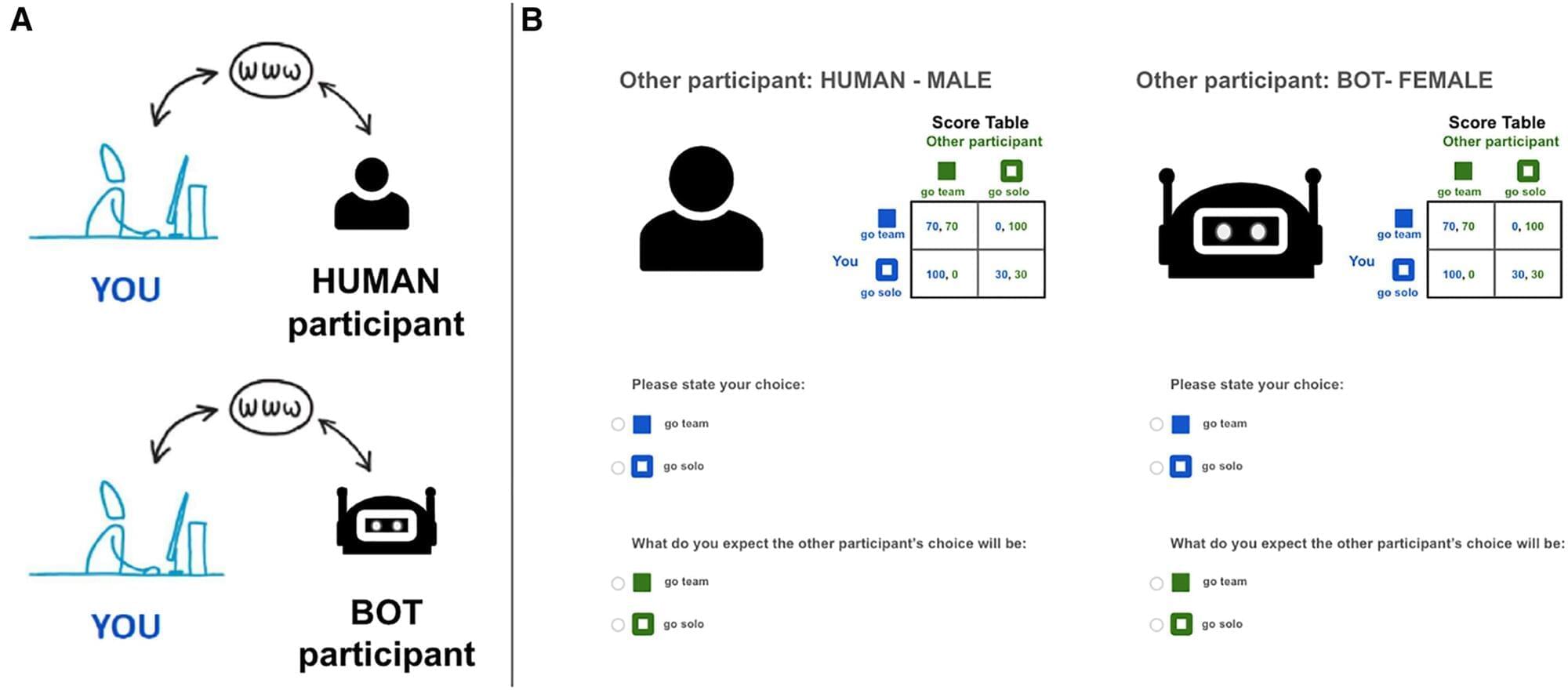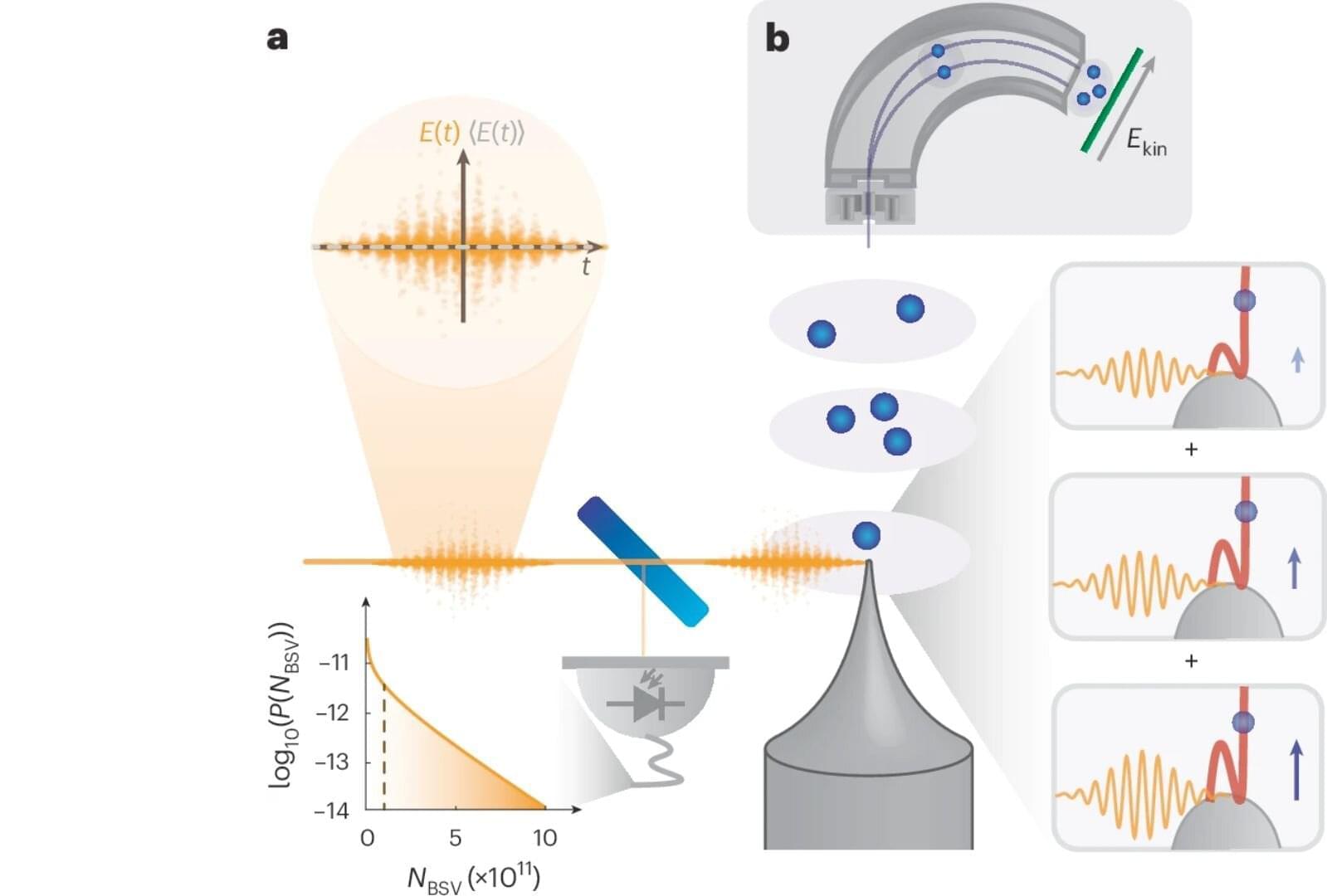Soon, researchers may be able to create movies of their favorite protein or virus better and faster than ever before. Researchers at the Department of Energy’s SLAC National Accelerator Laboratory have pioneered a new machine learning method—called X-RAI (X-Ray single particle imaging with Amortized Inference)—that can “look” at millions of X-ray laser-generated images and create a three-dimensional reconstruction of the target particle. The team recently reported their findings in Nature Communications.
X-RAI’s ability to sort through a massive number of images and learn as it goes could unlock limits in data-gathering, allowing researchers to see molecules up close—and perhaps even on the move. “There is really no limit” to the dataset size it can handle, said SLAC staff scientist Frédéric Poitevin, one of the study’s principal investigators.









